Mastercard is committed to driving initiatives that build global acceptance, recognition, and preference for our brands. The result is superior value for all of our stakeholders: financial institutions, merchants, governments, businesses, and consumers.
1967
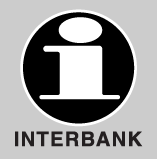
Mastercard had its origins in the late 1940s when several U.S. banks gave their customers specially-issued paper that could be used like cash in local stores. Over the next decade, several franchises evolved in which a single bank in a major city would accept cards as payment with certain merchants they had chosen to work with. In 1966, one of these groups formed the Interbank Card Association (ICA), which later became MasterCard International.
ICA was not dominated by a single bank; member committees were created to run the association. They established rules for authorization, clearing, and settlement. They also handled marketing, security, and legal aspects of running the organization.
1970s
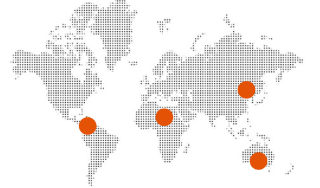
In 1968, ICA began what is now a global network by forming an association with Banco Nacional in Mexico. Later that year, they formed an alliance in Europe with Eurocard. The first Japanese members also joined that year.
By the late 1970s, ICA had members from as far as Africa and Australia, among other places. To reflect its commitment to international growth, ICA changed its name to MasterCard International. In the 1980s, there was further expansion into Asia and Latin America. In 1987, MasterCard became the first payment card to be issued in the People’s Republic of China. In 1988, the first MasterCard card was issued in the Soviet Union.
1985
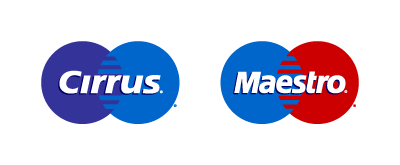
In 1985, we acquired the Cirrus ATM network and we launched Maestro, the world’s first online point-of-sale debit network, in 1991.
We merged with Europay International in 2002 and converted from a membership association to a private share corporation. This change was made to prepare MasterCard for our initial public offering, which took place in 2006 (NYSE: MA).
2002

From 2009 to 2012, MasterCard made a series of acquisitions designed to help sharpen our focus on innovation. Among these are Orbiscom, which became MasterCard Labs in 2010 and serves as our incubator for new ideas; DataCash; the prepaid program management business of Travelex (now called Access Prepaid); Trevica; and Truaxis. In 2013, we acquired Provus, a processor in Turkey.
As a technology company in the global payments business, we use technology and data-driven insights to make electronic payments more convenient, secure, and efficient for people everywhere.
Our business has a global reach—extending to more than 210 countries and territories—and continues to experience growth in a world where 85% of retail transactions are still made in cash and checks. At Mastercard, we believe in a world with better ways to pay... a more connected world... a world beyond cash.
2016
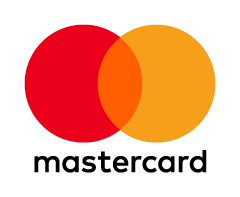
2019

Changes in the Mastercard Brand Mark over time reflect our increasingly global reach.
In the early years of our brand, lnterbank was represented by the “i” symbol—a straightforward means of identifying participating members of the Interbank Card Association. Here’s how it came about:

1967
Seventeen bankers meet in Buffalo, New York to form a federation for the reciprocal acceptance of their credit cards. Interbankard adopts the “i” symbol as its mark. The federation becomes formally chartered in 1967—The Interbank Card Association (ICA).
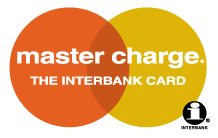
1968
The Master Charge name and graphics are adopted to provide stronger brand identification. The new brand mark features the Master Charge name centered between two interlocking circles of red and ocher. The “i” symbol is retained in a smaller size at the bottom right corner for purposes of continuity.
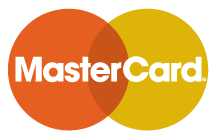
1979
Master Charge becomes MasterCard. The “i” symbol is then retired in 1980.
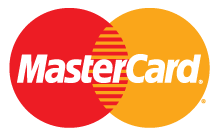
1990
A bolder, more contemporary brand mark and identity system are introduced. The mark maintains the two interlocking circles with 23 horizontal bars, and uses an italic, sans-serif typeface.
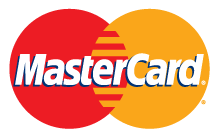
1996
As part of a global effort to strengthen the MasterCard brand, a new, enhanced Brand Mark is unveiled. The Brand Mark’s visibility, recognition, and overall brand image are improved, with new features including larger lettering highlighted with a drop shadow and fewer interlocking bars within the red and yellow circles.
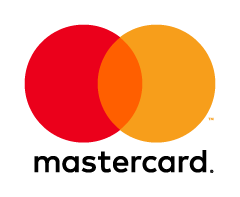
2016
To reflect our readiness and optimism about the future, we introduced an evolution of our brand identity—simplified, modernized, and optimized for use in digital contexts. With this new identity, Mastercard marks itself as a forward-thinking, human-centered technology company that connects people to priceless possibilities.

2019
In January 2019, we dropped the “mastercard” name from our iconic Brand Mark for many uses. The interlocking red and yellow circles, known as the Mastercard Symbol, can now stand on its own. As the consumer and commerce landscape continues to evolve, the Mastercard Symbol is a modern and flexible brand design optimized to work seamlessly across the digital landscape.